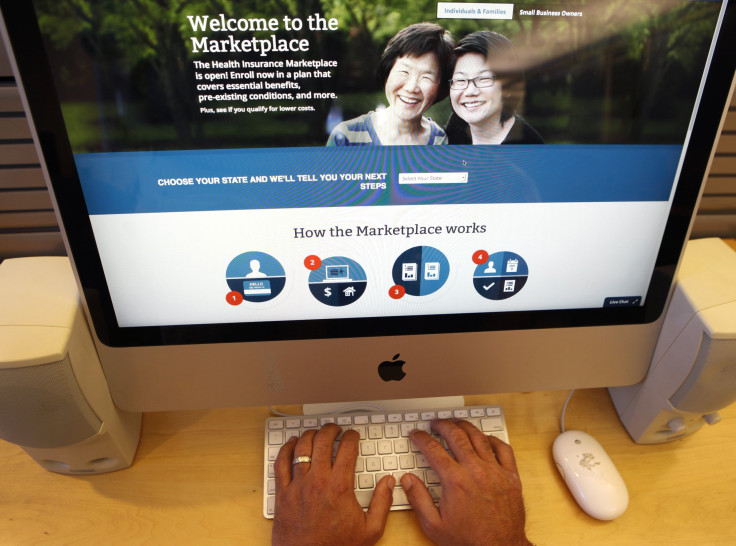Obamacare Open Enrollment 2015: Monday Deadline First Big Test For Retooled HealthCare.gov

Obamacare’s October 2013 rollout promised affordable health insurance for millions of uninsured Americans. But few were able to sign up in the program’s early weeks, due mainly to a balky Web site that became a lightning rod for broader attacks by Republicans on the whole idea of the Affordable Care Act.
Just over a year later, more than 6 million consumers have purchased health insurance, many for the first time, through HealthCare.gov and the site’s performance has markedly improved. But with Monday’s deadline looming for individual enrollment for 2015 coverage, this weekend marks the first big stress test since a new tech team overhauled HealthCare.gov.
“It’s the holiday season and people have put off enrollment to the last minute, so there is going to be a crunch,” said Robert Booz, VP and distinguished analyst at consulting firm Gartner.
Open enrollment for first-time buyers on HealthCare.gov opened on Nov. 29. Those with existing plans purchased through the site need simply do nothing to keep the same plan. The site lets consumers from some states buy plans directly, or it refers them to websites operated by states that maintain their own exchanges, some of which have also had problems. Oregon recently fired contractor Oracle and shifted its exchange to the federal site.
Plan selections through Healthcare.gov surged 33 percent in the second week of enrollment compared to the first, according to data from the Department of Health and Human Services, which expects to see an even higher spike over the final few days. More than 1.3 million consumers have selected plans since open enrollment began. “Open enrollment’s momentum is building, and I’ve seen that firsthand as I’ve traveled the country and talked to people -- from Florida to New Jersey to Pennsylvania to Texas,” said HHS Secretary Sylvia Burwell, in a statement.
HealthCare.gov suffered from a litany of problems when it debuted on Oct. 1, 2013. Consumers who attempted to buy plans in the early going were often greeted with messages telling them to come back later. Backup call centers were so overwhelmed it was equally irksome to purchase plans over the phone. Software glitches prevented the calculation of subsidies for those lucky enough to get through, and many individuals who thought they’d bought a plan later found out otherwise from their insurer.
And there were security concerns. The hub that connects HealthCare.gov to systems run by the Internal Revenue Service, Department of Homeland Security, Social Security Administration and other agencies did not get a security sign-off from then Centers for Medicare & Medicaid Services chief information officer Tony Trenkle until days before launch.
Gartner’s Booz said most, but not all, of the major problems have been fixed. HealthCare.gov’s original contractor, Montreal-based CGI Group, was fired from its $251 million contract in January, replaced by Quality Software Services Inc., of Columbia, Maryland, now a unit of Optum. Software bugs have been ironed out over the past year and more servers added to data centers that host the site. On the management front, Burwell in August hired Kevin Counihan, who led Connecticut’s successful health insurance exchange, to become HealthCare.gov’s first CEO. “It centralizes accountability” if things go wrong, said Booz.
Still, the analyst said not all of HealthCare.gov’s defects have been fixed, adding that some potentially serious glitches remain. Most significantly, the so-called “834 error” has yet to be fully corrected. The website generates an 834 EDI form for consumers who purchase a plan, then transmits it to computers at the insurers’ end. Booz said many 834 forms are still arriving garbled, meaning that insurers can’t always confirm the purchase. “You could end up at a healthcare facility thinking you are insured, and you’re not.”
But overall, Booz thinks the enrollment period’s final three days will go smoothly given all the improvements that HHS has implemented over the past year. “It’s not going to crash and burn this time.”
© Copyright IBTimes 2024. All rights reserved.






















